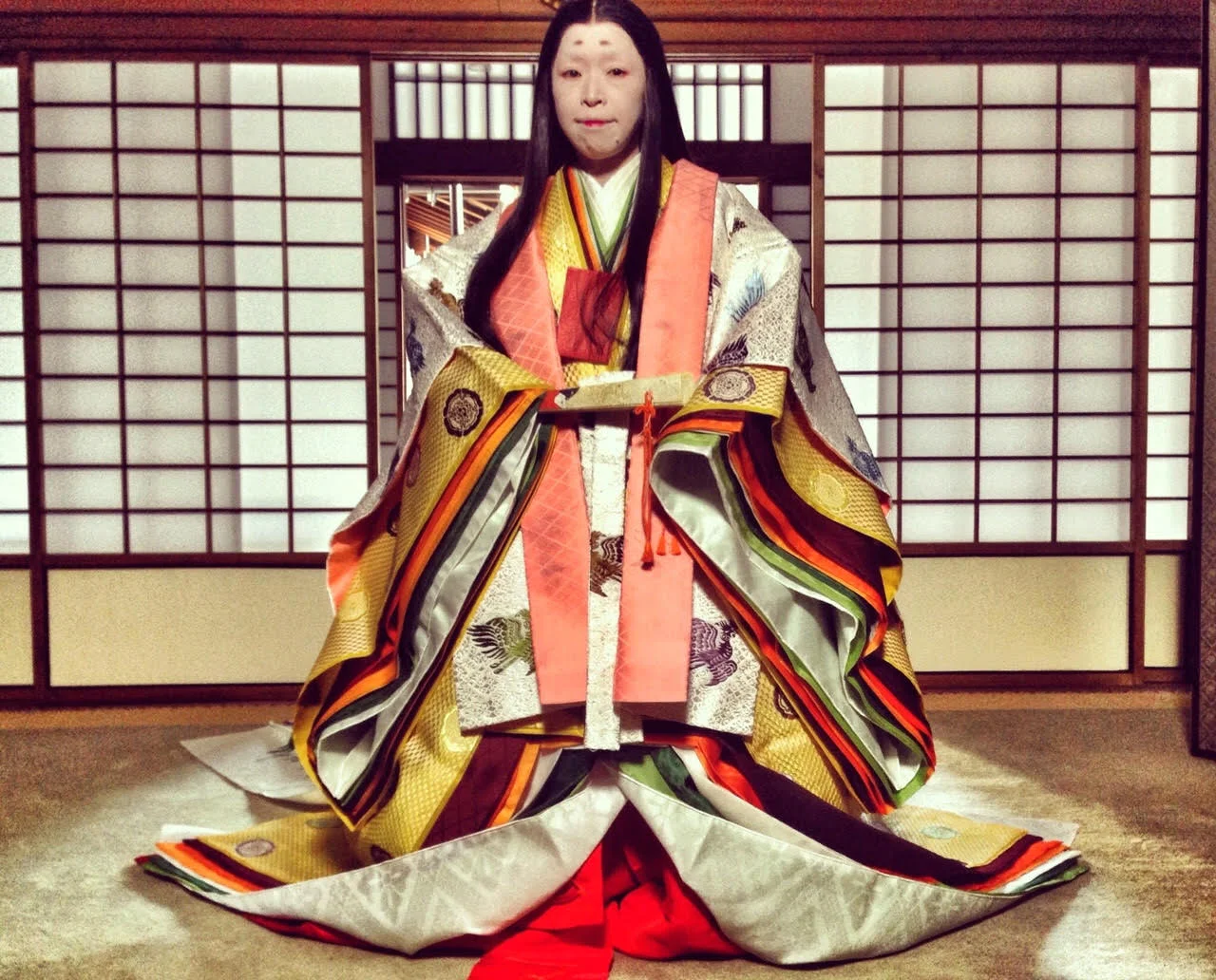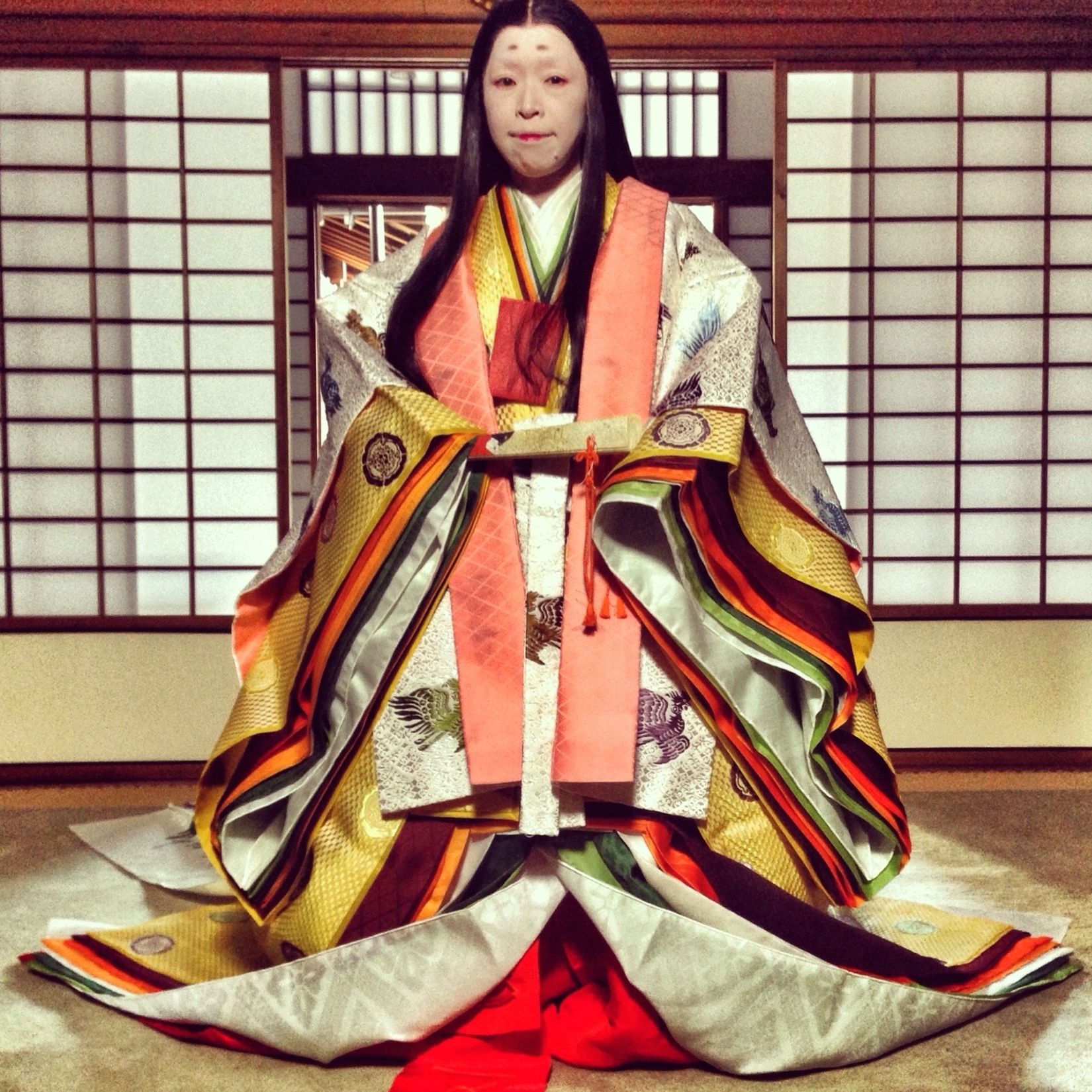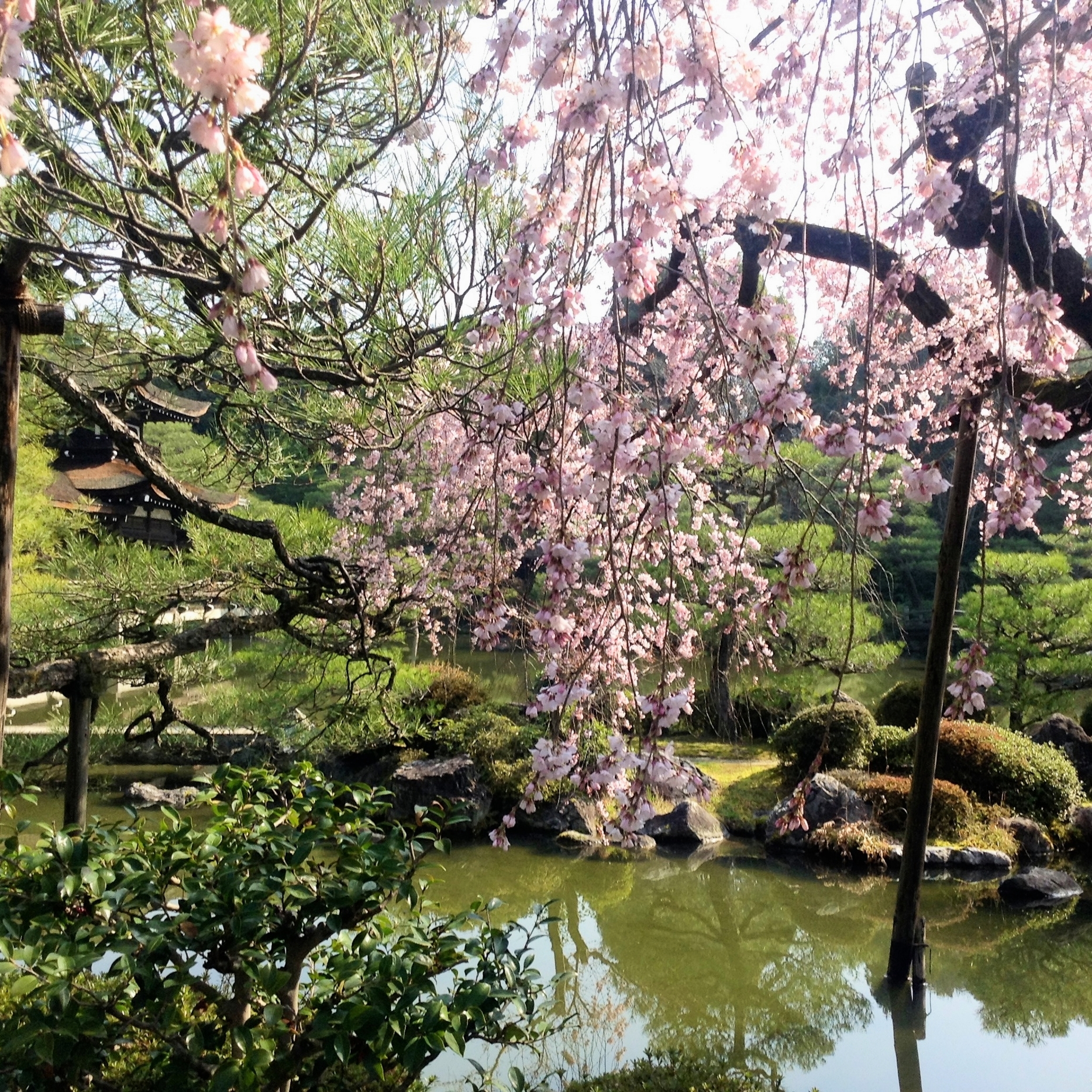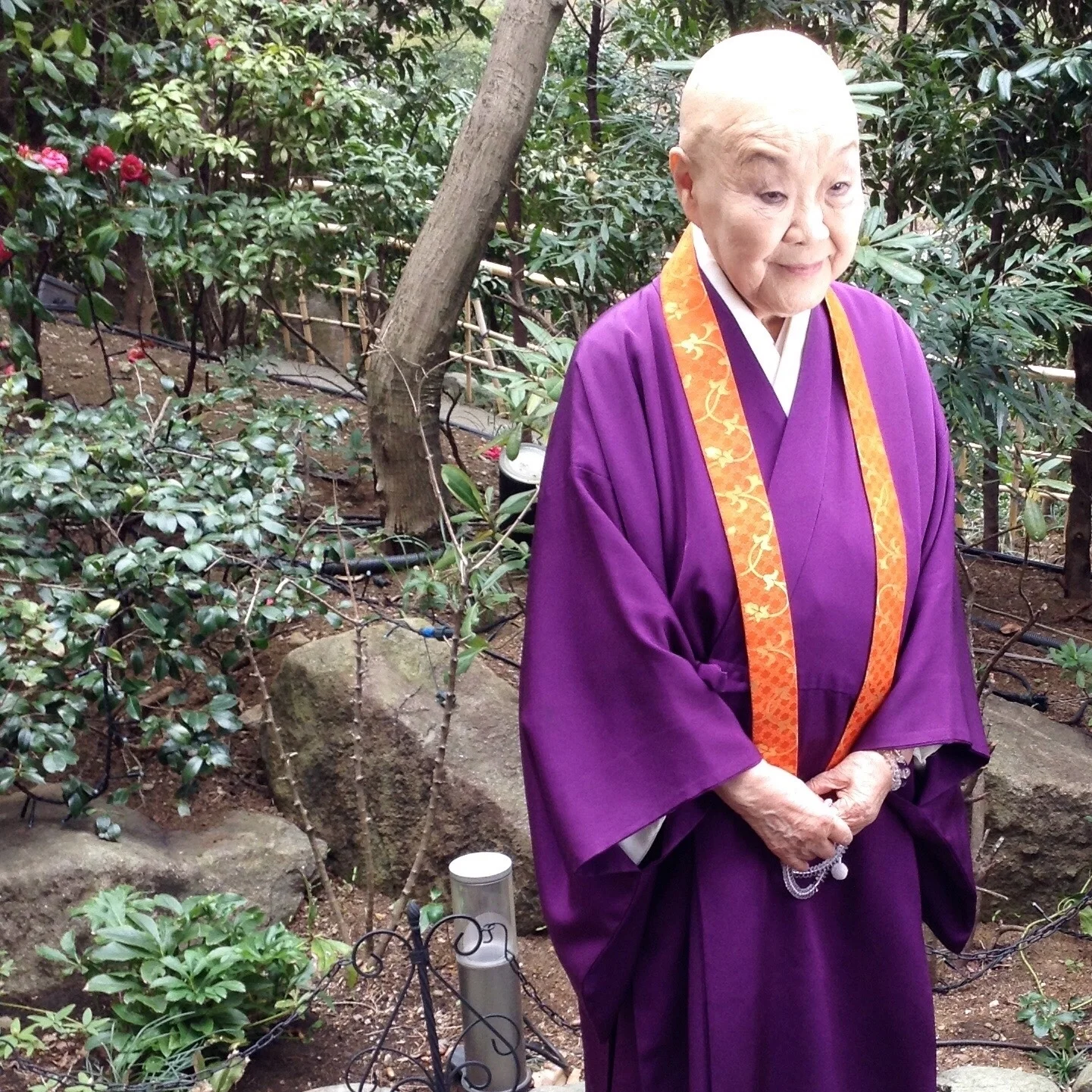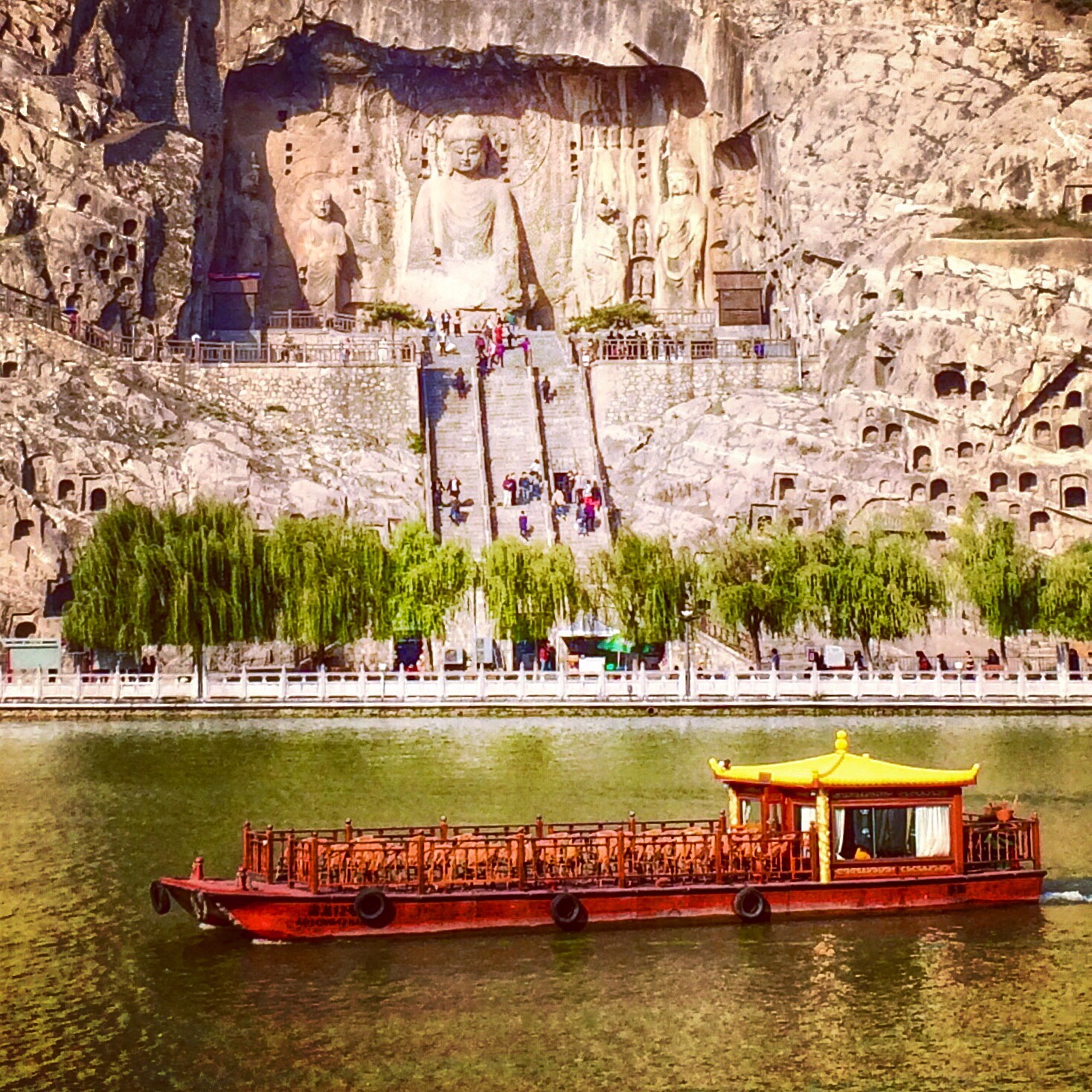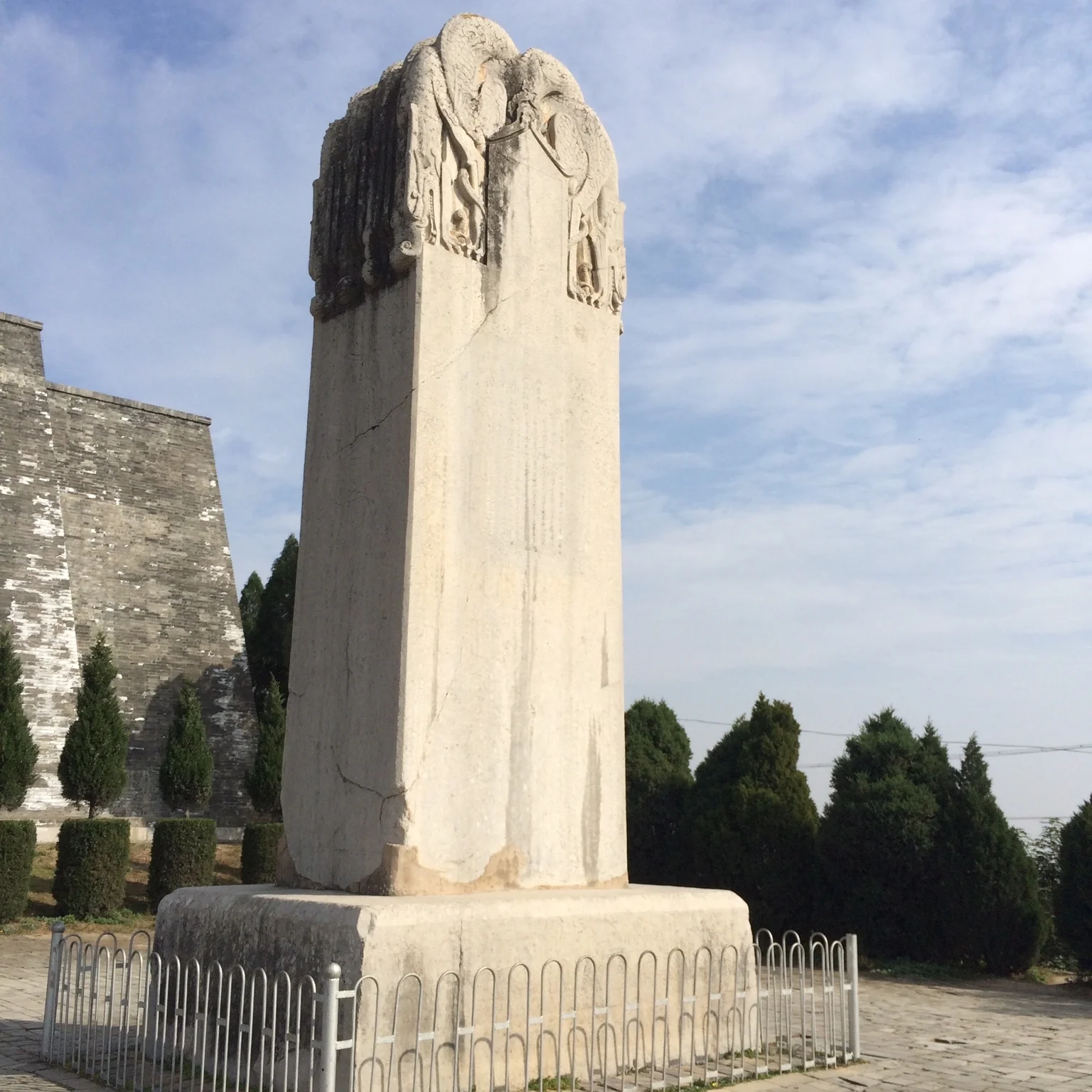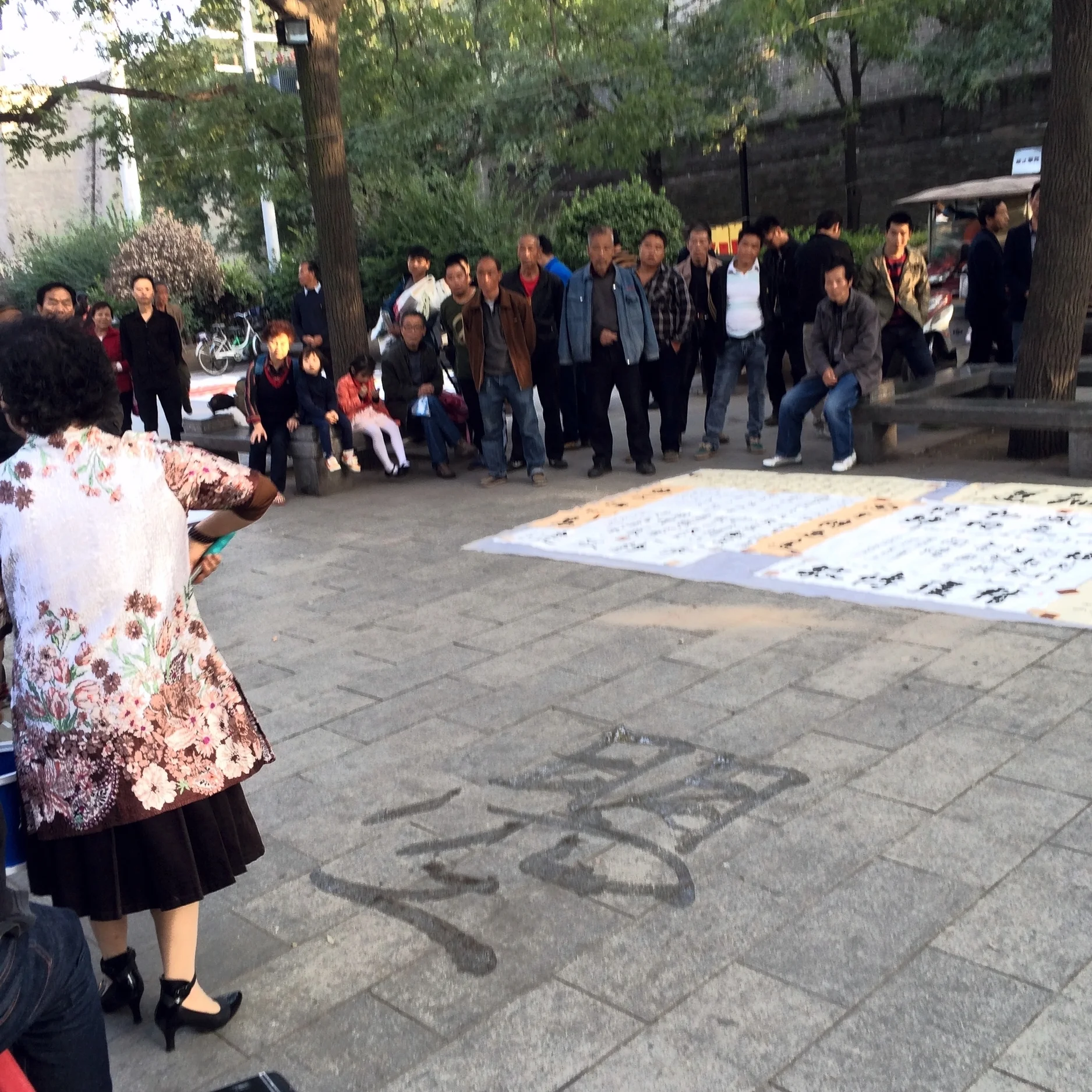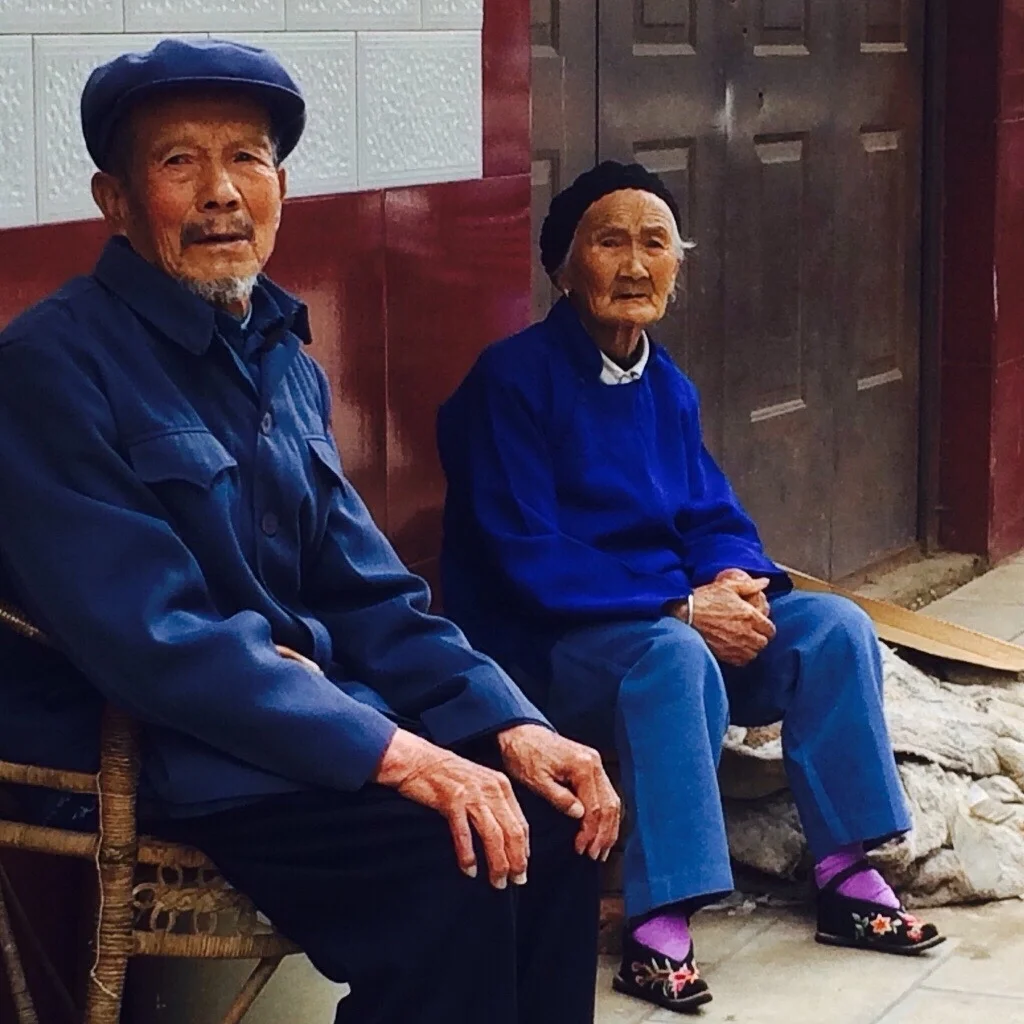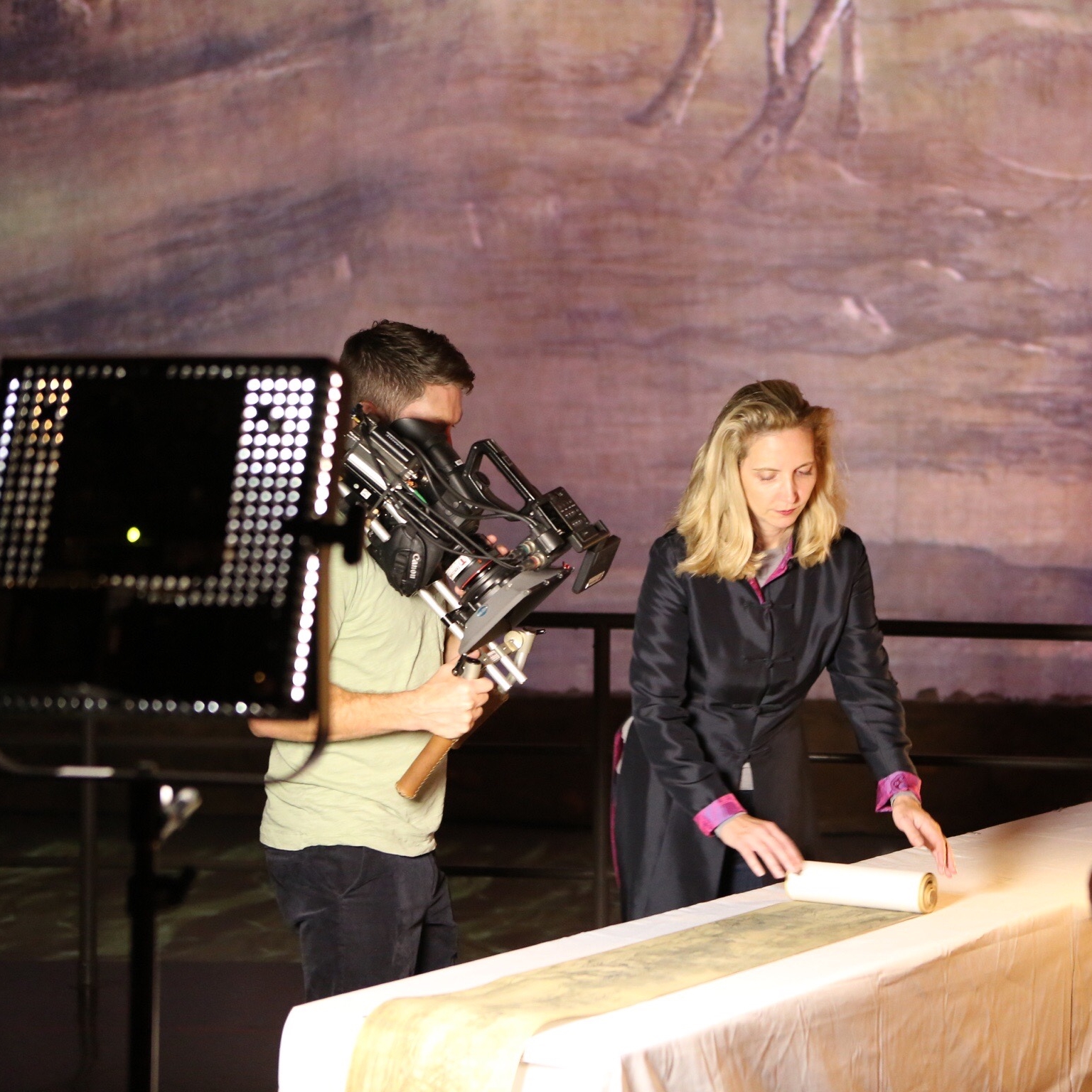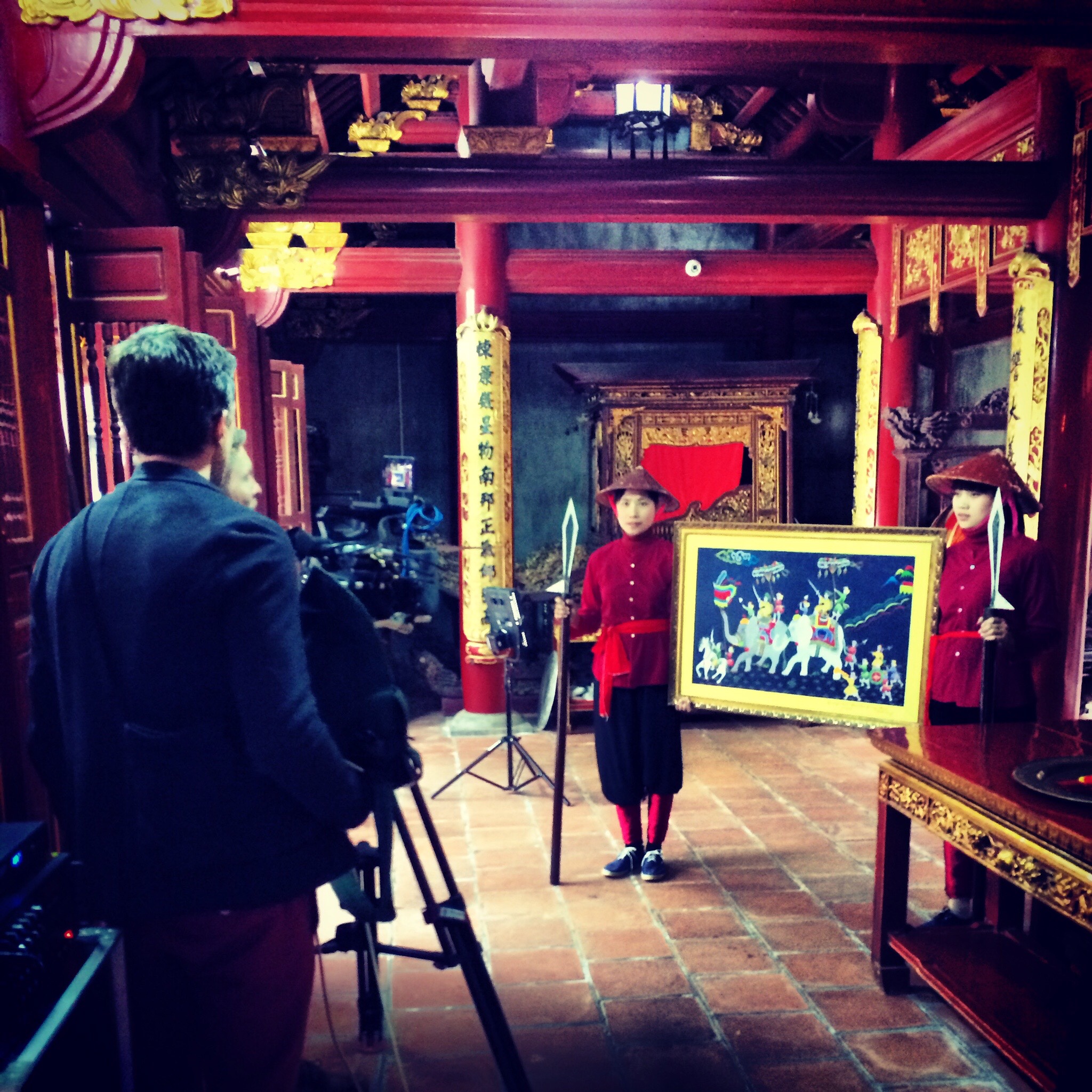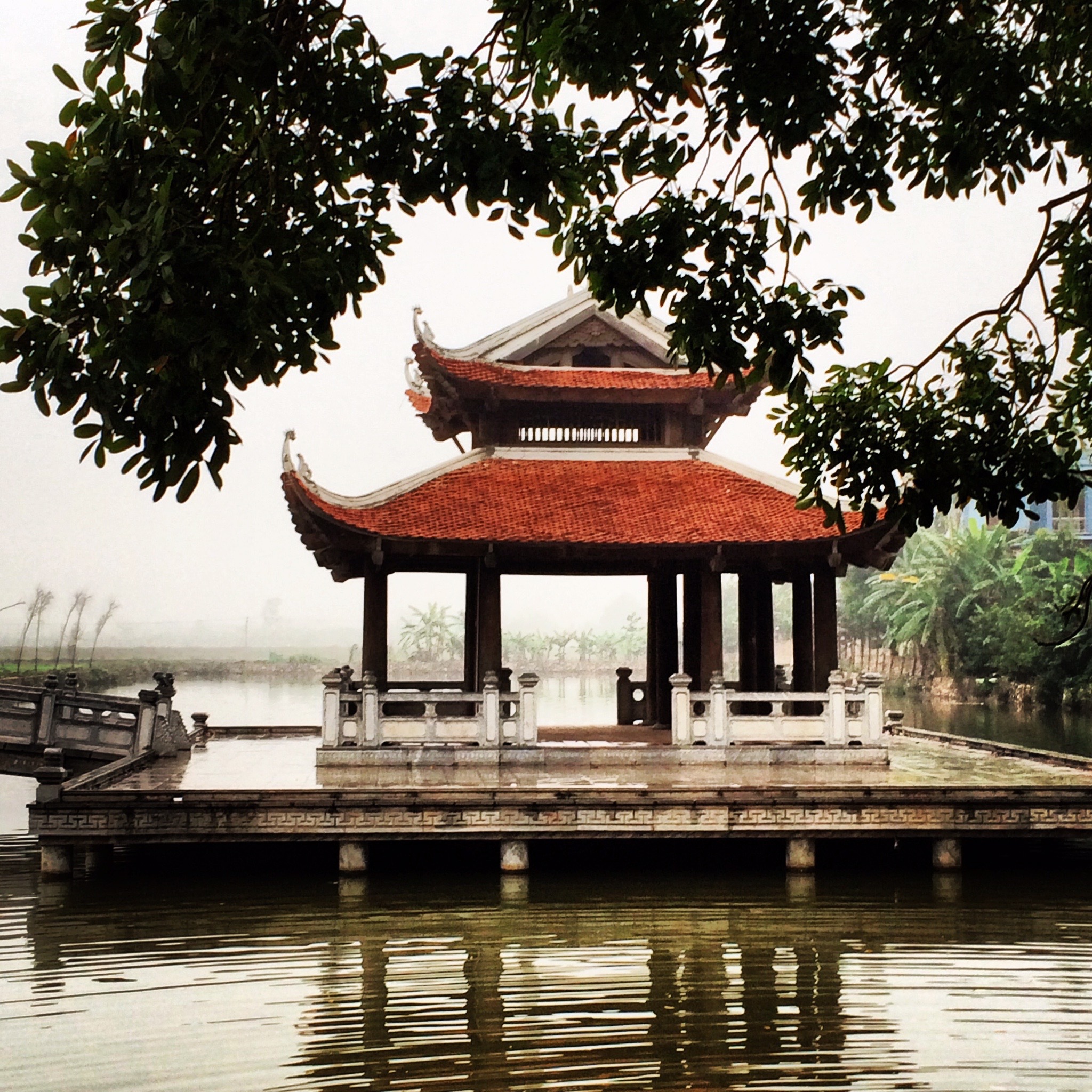Episode 2: Separation
Dr. Amanda Foreman explores the rise of ‘separate spheres’ among early Confucian and Buddhist societies, as well the origins of the cosmic ordering of the female Yin and male Yang. She interrogates the extent to which women accepted or resisted the inferior status allotted to them under Confucianism, using the example of the Trung Sisters’ rebellion in 1st century Vietnam; Empress Wu Zetian’s palace coup in the 7th, making her China’s only female ruler; the impact of Lady Murasaki Shikibu, the world’s first novelist, on Japanese culture; and the rise of foot-binding during the Song Dynasty.
Travelling to Vietnam, China and Japan, Amanda investigates whether the history of women in the East followed the same uneven trajectory as it did in the West. She looks at how the Confucian ideals defining feminine virtue, and the division of space between the private, female world of the domestic sphere – the Nei - and public male world of business and politics – the Wai - contributed to the making of Han Chinese identity.
Amanda also confronts the difficult issue of female complicity, asking whether the 2nd century treatise, ‘Nujie’ (Instructions for Women’) by Ban Zhao, the most influential Chinese female writer until the 20th century, reinforced the moral basis for foot-binding and other restrictive traditions.
In addition to exploring the philosophical underpinnings of Yin and Yang, Amanda looks at some of the challenges to Confucianism from rival faiths such as Buddhism and Shintoism, as well as from rebellious women who refused to be defined by the limits placed on their sex. Featuring prominently in this episode are Vietnam’s Trung Sisters, whose armed rebellion against China highlights the crippling effect of Confucianism on the gender relations in neighbouring countries. Amanda also lays out the case in defence ofEmpress Wu Zetian, the creator of the first meritocratic government, whose reputation has suffered 1500 years of calumny.
Moving on to Japan, Amanda reveals the woman behind the world’s first novel, Lady Murasaki Shikibu, The Tale of Genji (The Shining Prince), a tale of love, longing and betrayal.
Highlights of the episode include Amanda being shown for the first time on television the 1000 year-old ink well that Lady Murasaki Shikibu used to transform the literary landscape forever.
Photographs from the Episode 2
